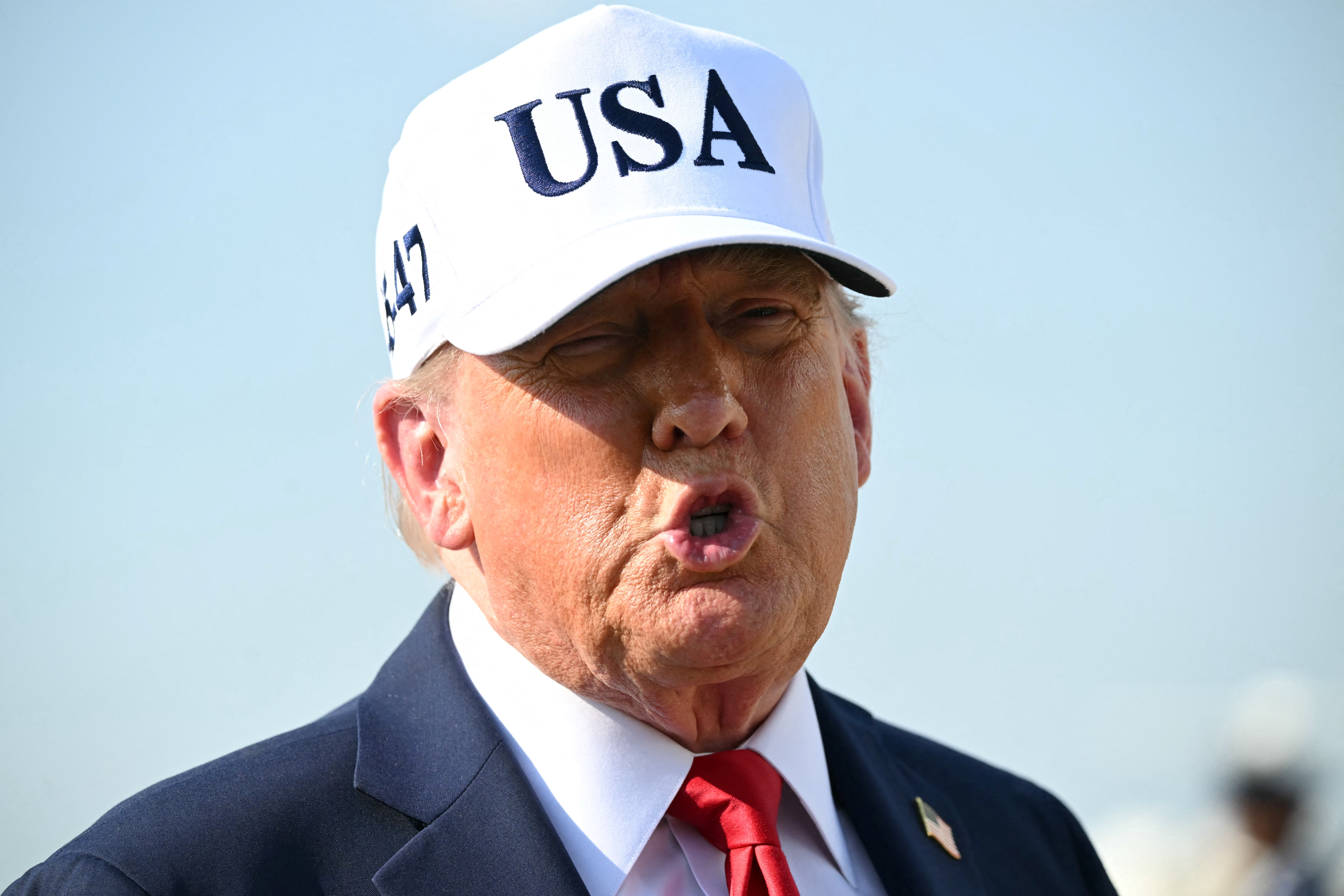July 5, 2025
Trump's Tax Cuts: A New Direction for the GOP or a Break from Tradition?

For decades, the Republican mantra on tax policy centered around simplification and fairness, advocating for a tax code devoid of loopholes and subsidies that skewed economic growth. "The tax code is littered with hundreds of preferences and subsidies that pick winners and losers and create complexity," declared House Republicans in their 2016 manifesto under the leadership of Paul Ryan and Kevin Brady.
Fast forward to today, and President Donald Trump's approach to tax reform paints a different picture. His "One Big Beautiful Bill" not only extends the GOP’s 2017 tax cuts, which introduced their own complexities, but also adds layers of new benefits, echoing Trump’s campaign promises and stirring congressional politics into a complex tax reform cocktail.
According to Kyle Pomerleau of the American Enterprise Institute, Trump's policy is "certainly a departure" from past Republican efforts focused on tax reform. This new legislation lowers taxes while simultaneously expanding tax breaks, raising questions about the strategic purpose behind its complexity.
Economists express concerns over the bill's potential economic impact, fearing it combines increased national debt with tax breaks that don't necessarily promote growth. "There’s not a lot of pro-growth stuff," commented Kent Smetters of the University of Pennsylvania. He highlights Trump's campaign promises like tax exemptions on tips and overtime, which may cater more to winning votes than boosting economic vitality.
Moreover, the new tax law is expected to significantly add to the federal deficit, despite attempts at fiscal balancing seen in previous reforms like the one in 1986. Alan Auerbach of the University of California at Berkeley points out that this approach is not only more extensive than the Bush-era tax cuts but also includes more "weird stuff."
This shift reflects a broader transformation within the Republican Party, increasingly shaped by Trump’s distinctive policies rather than the Reagan-era principles of simplifying and lowering taxes. Trump himself criticized the 1986 tax reform as harmful to the working class in a 1999 Wall Street Journal op-ed, marking a stark contrast to the GOP’s earlier positions.
Defenders of Trump’s tax policy, like Joe Lavorgna at the Treasury Department, argue that the new law's peculiarities aim to prevent higher tax rates and promote economic growth by supporting American industries and incentivizing work.
While tax cuts remain a cornerstone of Republican policy, the traditional goal of comprehensive tax reform appears to have taken a backseat. As the GOP navigates this new trajectory under Trump’s influence, the long-term impacts of these policy shifts on economic growth and national debt remain to be seen, signaling a possible redefinition of conservative tax policy.